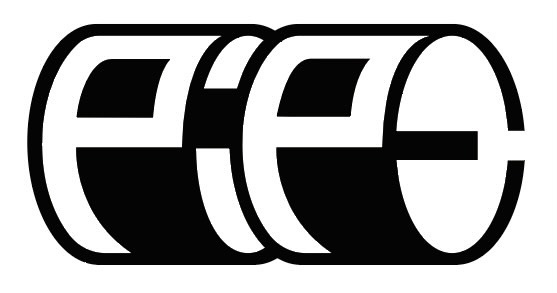The Modern Fingerboard Era Countless With so many deck brands, sizes, and designs available today,
beginners might find it challenging to choose their first fingerboard.
Opting for a cheap and easily accessible fingerboard can be
frustrating as it often hinders practice and reduces enjoyment.
On the other hand, purchasing an expensive fingerboard can be daunting for a hobby you’re not sure you'll stick with.
Starting a new hobby can be overwhelming, leaving you with a headache.
That's why we've prepared this guide!
We hope this article helps beginners and novice fingerboarders who are unsure about which deck to choose.

Fingerboard decks are one of the most important factors in using a fingerboard.
The size of the deck greatly influences the performance and handling of the fingerboard. It’s important to choose a deck that matches the user's hand size and style.
Features of Fingerboard Deck Sizes
1. Handling and Stability

Narrow Decks
Narrow decks offer greater agility and quicker responsiveness.
While they allow for more precise execution of tricks, they tend to be less stable.

Wide Decks
Wide decks provide more stability but can feel sluggish and
less responsive compared to narrow decks when performing tricks.
2. Hand Size and Comfort
Small Hands:Narrow decks usually fit better, allowing for better control and precision.
Large Hands: Wider decks can be easier and more comfortable to use, enhancing the overall experience.
Choosing a deck size that fits your hand is crucial for long-term enjoyment and comfort in fingerboarding.
3. Types of Deck Sizes
Fingerboard deck sizes are usually expressed in terms of width:
26mm:The narrowest option, offering quick response and precise control but less stability compared to wider decks.
29mm: Falls between narrow and medium. While narrower than the common 32mm, it’s a good size once you adapt to it.
32mm: The most common size, providing high stability and comfortable handling. However, those with smaller hands might find 29mm more suitable.
34mm: The widest option, offering excellent stability but might be challenging for quick and agile tricks.

Tips for Choosing a Deck Size
For beginners, a 29mm or 32mm deck is a great choice.
These sizes are the most common and are not too difficult to practice tricks with.
As time goes by and you acquire various skills and enjoy fingerboarding more,
you will start to choose deck sizes and brands based on your own style and preferences.
(I personally like Jnkyradio and own their 32mm, 29mm, and a self-sanded 26mm.)
Depending on the tricks you practice and the style you pursue, you may find the deck size that suits you best.
If you want quick responses and flashy tricks, go for a narrow deck.
If you prefer stable and comfortable fingerboarding, a wider deck is recommended.
Personal Opinion
I often switch between 26mm, 29mm, and 32mm decks.
If I had to choose one, 29mm is the most comfortable size.
My hands aren’t big, but 26mm feels too narrow.
Sometimes, 32mm makes flips feel less responsive,
so I prefer the middle ground with 29mm.
However, 26mm provides a more precise fingerboarding experience that I enjoy.
On the other hand, 32mm is great for stability when doing pipes, quarters, or shuvit combos, which adds to its charm.
In the end, each of the three sizes has its own appeal for me.
Fingerboard deck sizes can vary based on the user's experience level, hand size, and trick style.
Since fingerboarding is a delicate hobby where even small differences can have a big impact,
I recommend trying various sizes to find the one that suits you best.
Check out your favorite and most stylish fingerboarders on YouTube or Instagram,
and try using the same decks they do.
This can help you discover the fun of fingerboarding.
Lastly,
THERE IS NO RIGHT ANSWER IN FINGERBOARDING.
Just use the width, shape, and material you prefer,
and keep enjoying fingerboarding consistently.
'For foreigner > PIPE MAG's Tip' 카테고리의 다른 글
| [English] PIPE MAGAZINE Transition Fingerboarding Tutorials #2 (0) | 2024.07.11 |
|---|---|
| [English] PIPE MAGAZINE Transition Fingerboarding Tutorials #1. (0) | 2024.06.18 |
| [English] The Price of Cheap Fingerboards, Expensive Fingerboards Part 1 (0) | 2024.06.17 |
| [English] Fingerboard Filming Tip (0) | 2024.04.30 |




